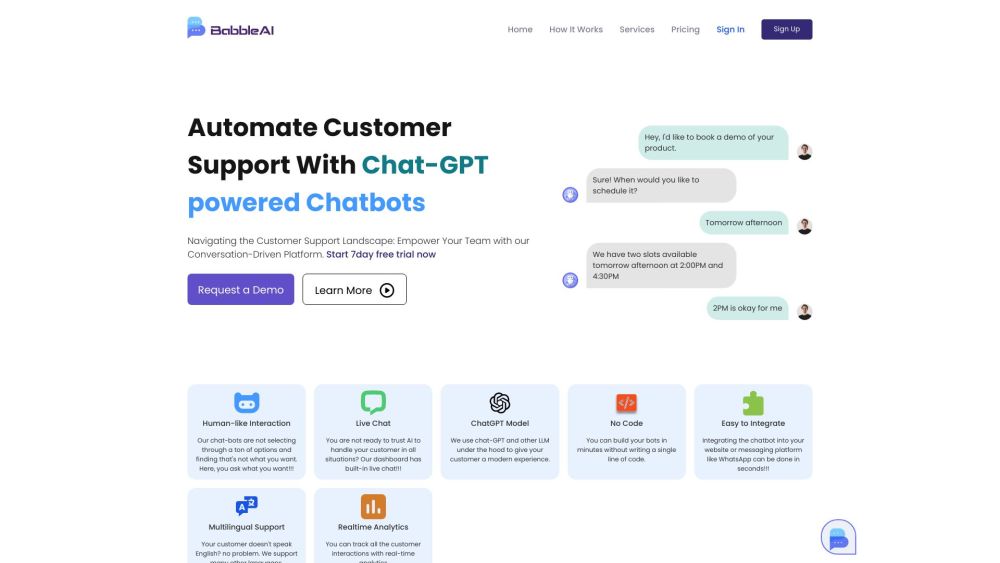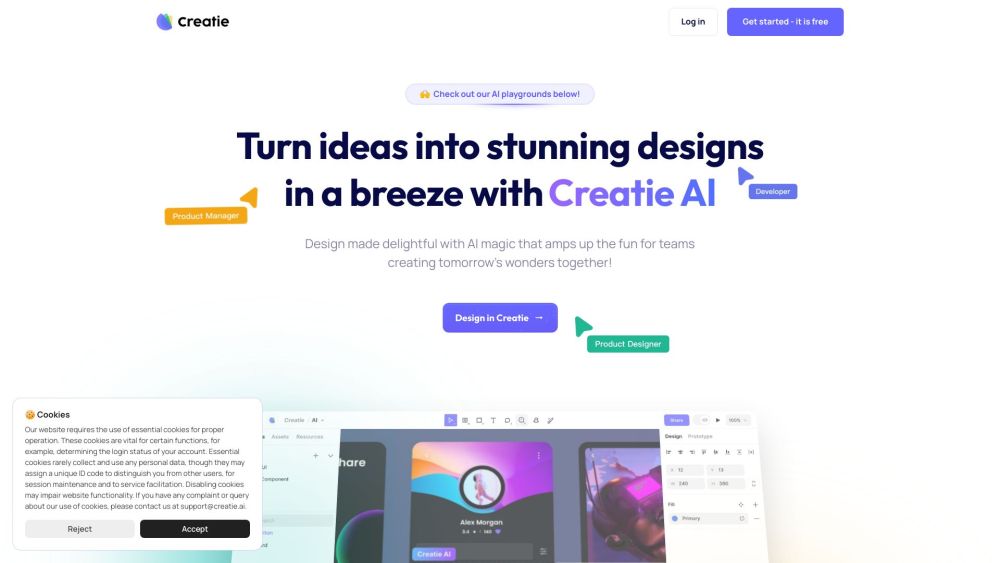Cloudera, once a leading name in the Hadoop ecosystem, raised a staggering $1 billion and went public in 2018, only to be acquired by private equity for $5.3 billion in 2021. Today, Cloudera announced its acquisition of Verta, an innovative AI startup specializing in managing machine learning models, including large language models (LLMs) essential for generative AI.
Since launching a SaaS data lakehouse shortly after its acquisition, Cloudera recognized the need to incorporate advanced AI capabilities to maintain its market relevance. CEO Charles Sansbury emphasized this necessity in his recent statement:
“The future of data management is AI; the two are intrinsically linked. By acquiring Verta’s Operational AI platform, we aim to enhance our team and accelerate our operational AI capabilities.”
As organizations increasingly adopt LLMs, Verta has evolved from a task-based model management platform to a comprehensive control center for managing these complex models. Moreover, this acquisition positions Cloudera to attract top-tier AI talent, featuring co-founders CEO Manasi Vartak—who honed her skills at MIT CSAIL—and CTO Conrado Miranda, a former machine learning lead at Twitter.
Founded in 2018, Verta has secured nearly $16 million in funding, including a noteworthy $10 million Series A round in 2020. Vartak initially developed the open-source project ModelDB to track machine model versions while pursuing her graduate studies, eventually transforming that vision into Verta.
Cloudera started as a Hadoop-focused company back in 2008, aligning with a burgeoning need for processing large datasets. Hadoop, an open-source framework created by Yahoo in 2005, initially represented the cutting edge of data analytics. However, by the time Cloudera went public, simpler and more cost-effective data processing solutions had emerged, leading to a decline in Hadoop's prominence.
Simultaneously, data workloads were migrating to the cloud through major providers like Amazon, Microsoft, and Google, along with cloud-centric startups such as Snowflake and Databricks. Despite its name, Cloudera’s solutions were primarily on-premises for a significant portion of its existence. The transition to a SaaS data lakehouse in 2021 was a strategic move to compete more effectively against cloud-native rivals, who have since integrated AI capabilities through both in-house development and acquisitions.
This latest acquisition is a critical step for Cloudera to stay competitive in a rapidly evolving landscape.





